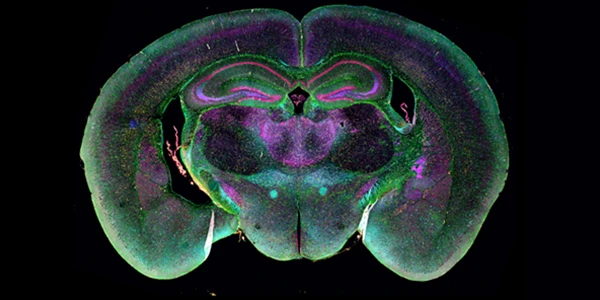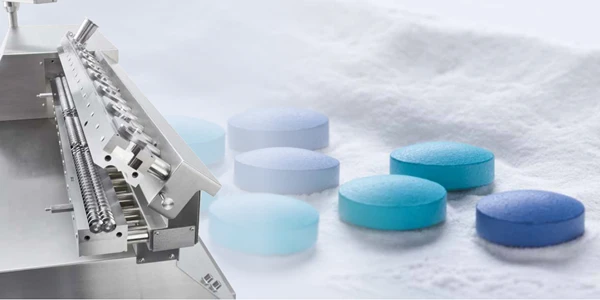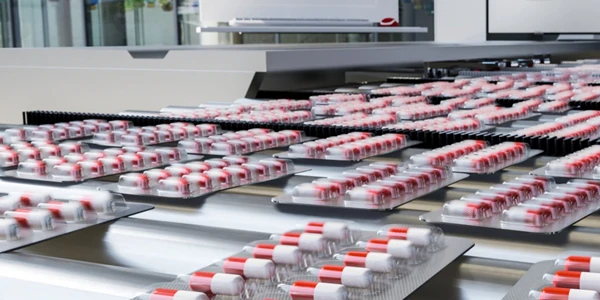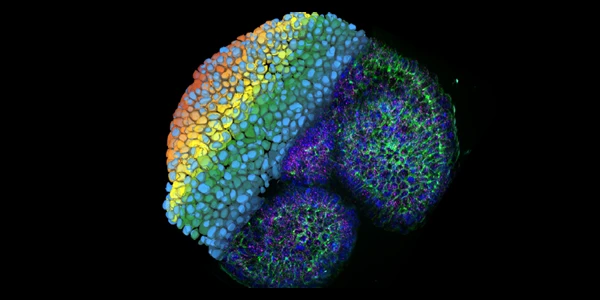Designing High-Throughput Experiments Using Microplate Technology
GEMINI (2025) The evolution of drug discovery, functional genomics, and advanced biological research is intrinsically linked to the development of high-throughput screening (HTS), a methodology fundamentally dependent upon reliable microplate technology. Transitioning an assay from a bench-scale manual protocol to a fully automated The initial step in designing any Standard plate formats ( Plate Format Typical Assay Volume ( Primary Application Key Design Challenge Assay Development, Low-Throughput Validation High reagent consumption Medium- to High-Throughput Screening Increased risk of evaporation and edge effects Ultra-High Throughput Screening ( Requires specialized, high-precision dispensing Miniaturization protocols must carefully manage several physical parameters. Decreasing the liquid volume increases the surface-to-volume ratio, which, in turn, accelerates solvent evaporation. To counteract this, low-profile plates with fitted lids, humidified incubators, and specialized environmental control units are often integrated into the HTS workflow. Furthermore, plate material selection (e.g., polystyrene, polypropylene, cyclic olefin copolymer) and surface chemistry (e.g., tissue culture treated, non-binding, or functionalized) must be rigorously tested to ensure compatibility with assay components and to mitigate non-specific binding of compounds or biological reagents. Before transitioning an assay to a full screening campaign, its performance must be validated using quantitative statistical metrics to ensure it is robust and amenable to high-throughput screening. The The A Validation also encompasses several pre-screening tests: Compound Tolerance: Determining if compounds or their solvents (e.g., Plate Drift Analysis: Running control plates over a sustained period to confirm that the signal window remains stable from the first plate to the last, addressing potential issues related to reagent degradation or instrument warm-up. Edge Effect Mitigation: Identifying and correcting for systematic signal gradients (edge effects) across the plate, which can be caused by uneven heating or differential evaporation. This often involves strategic placement of controls or the use of specific sealants. Only after an assay demonstrates a consistent, acceptable Effective high-throughput screening requires the integration of diverse microplate technology components into a continuous, optimized workflow. Automation streamlines liquid handling, incubation, and detection, eliminating human variability and allowing for A fully integrated Liquid Handling Systems: High-precision automated microplate dispensers (e.g., syringe-based or acoustic) for accurate, low-volume dispensing. Robotic Plate Movers: Articulated arms or linear transports to move microplates between instruments (e.g., stackers, readers, incubators). Environmental Control: Temperature and Detection Systems: Integrated microplate technology readers (e.g., high-content imagers, kinetic readers) linked directly to the system control software. Workflow optimization involves establishing a time-motion study for every step of the process. The goal is to maximize the utilization rate of the "bottleneck" instrument—typically the reader or the most complex liquid handler—by minimizing plate transfer times and ensuring proper synchronization. Scheduling software manages the timing of each plate movement, preventing traffic jams and ensuring precise kinetic timing for time-sensitive reactions. Furthermore, the system must incorporate automated error handling, such as sensor checks for plate presence and orientation, to ensure walk-away reliability over long screening periods. The volume and complexity of data generated by high-throughput screening necessitate a robust data management infrastructure. Millions of data points—representing raw signal values, compound structures, and experimental metadata—must be captured, processed, normalized, and stored in a searchable database. Raw data from the microplate technology reader often requires normalization to account for systematic plate-to-plate variation. Common normalization techniques include: Z-Score Normalization: Expressing each well's signal in terms of standard deviations away from the mean of all wells on the plate. Percent Inhibition/Activation: Calculating the signal relative to the positive ( These normalization steps convert raw photometric or fluorescent values into biologically meaningful, comparable metrics, allowing for the consistent evaluation of compound activity across the entire screen. Beyond the Signal-to-Background Ratio ( Control Coefficient of Variation ( Plates that fail to meet pre-defined The transition from conventional manual assays to a fully automated An acceptable Plate miniaturization significantly reduces reagent costs by decreasing the required assay volume, which is crucial for large screens. However, it also increases data variability because volumetric errors become amplified in smaller volumes, necessitating the use of extremely high-precision microplate technology dispensers and strict control over evaporation. Plate Drift Analysis is performed to confirm that the assay's signal window and statistical performance remain stable over the entire duration it takes to screen a large library. It detects systematic temporal errors, such as instrument drift, detector fatigue, or reagent degradation, that could lead to signal inconsistencies between plates screened at the start versus those screened at the end of an HTS run. While the This article was created with the assistance of Generative AI and has undergone editorial review before publishing.
Microplate Format Selection and Miniaturization Strategies for High-Throughput Screening
Robust Assay Development and Validation for HTS Success
Seamless Automation Integration and Workflow Optimization in HTS
Data Management and Quality Control in High-Throughput Screening
Data Processing and Normalization
Quality Control (QC) Metrics
Maximizing Research Output with High-Throughput Microplate Technology
Frequently Asked Questions (FAQ) on High-Throughput Screening Design
What defines an acceptable
How does plate miniaturization impact reagent cost and data variability in
What is the primary function of a "Plate Drift Analysis" during assay validation?
Why are










